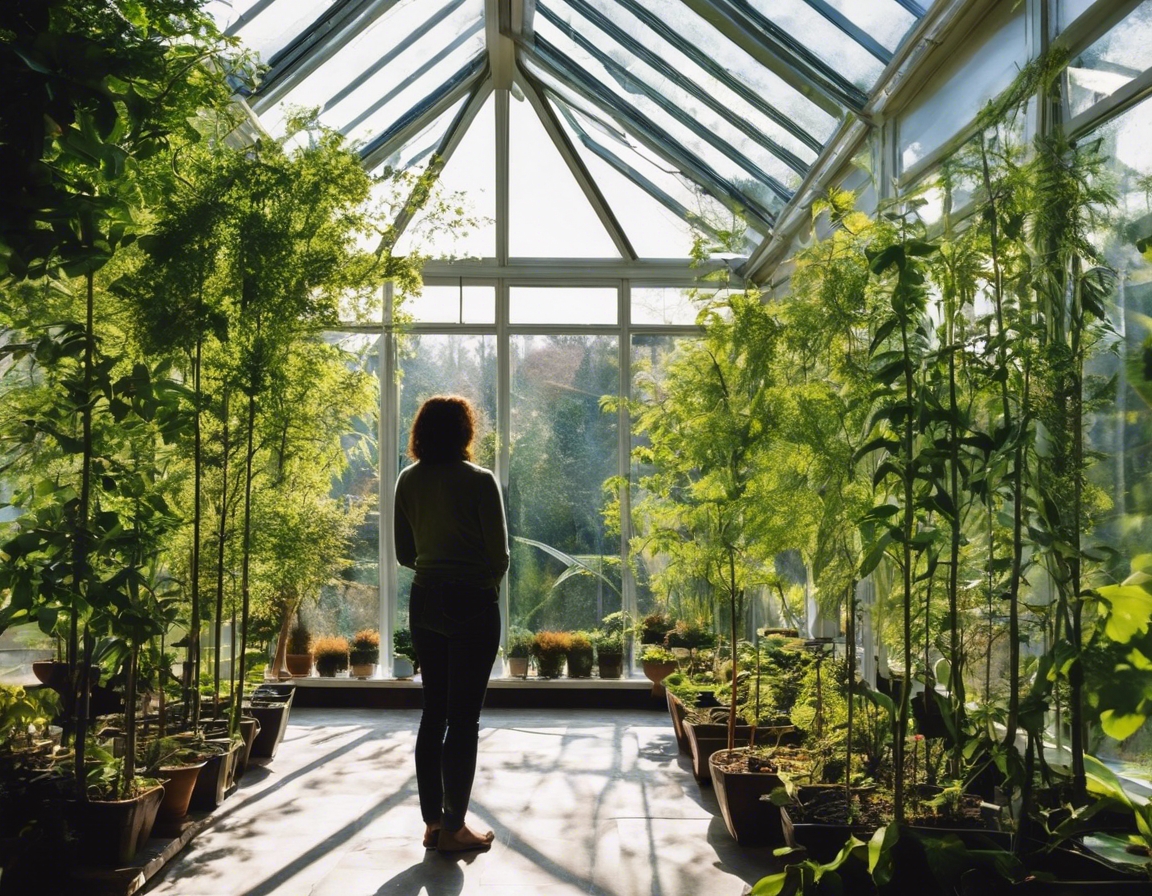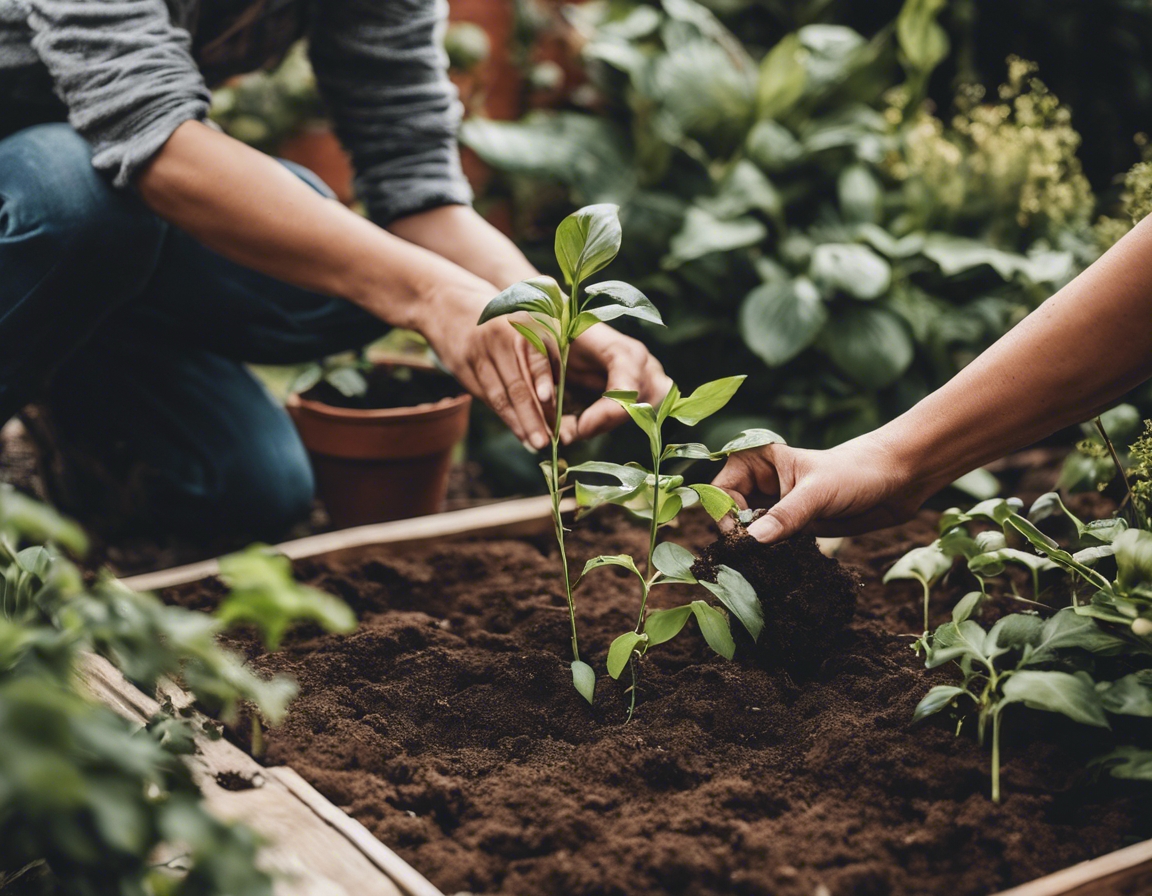Seasonal gardening: choosing the right plants for your climate
Seasonal gardening begins with a clear understanding of your local climate zone. Climate zones are categorized based on temperature, precipitation, and other climatic factors that affect plant growth. Knowing your zone helps in selecting plants that are well-suited to your garden's conditions, ensuring better survival and growth rates.
Planting with the seasons allows gardeners to work with nature, rather than against it. This approach leads to healthier plants, more bountiful yields, and a garden that thrives throughout the year. Seasonal planting also supports local ecosystems and promotes biodiversity.
Spring Planting Guide
In cooler climates, spring is a time for hardy annuals and perennials that can withstand lingering chills. Think pansies, violas, and spring bulbs like tulips and daffodils. These plants can often handle a light frost and will bring early color to your garden.
Temperate regions enjoy a wider range of plant options in spring. Flowering shrubs like forsythia and lilacs, along with flowering trees such as cherry and apple, are popular choices that herald the arrival of warmer days.
Warm climates can take advantage of a longer growing season by planting tropical and subtropical species. Hibiscus, bougainvillea, and citrus trees start to flourish, offering vibrant blooms and fragrant scents.
Summer Gardening Strategies
For gardens in hot climates, selecting plants that thrive in high temperatures is crucial. Cacti, succulents, and other drought-tolerant plants like lavender and rosemary can withstand the heat while maintaining their beauty.
In moderate climates, summer is the peak time for many flowering plants. Regular watering, mulching, and deadheading are essential to keep gardens vibrant. Plants like hydrangeas, roses, and daylilies are excellent choices for sustained summer color.
Xeriscaping is a landscaping method that reduces the need for irrigation by using plants that are native to arid regions. This sustainable approach is not only water-wise but also creates a unique and low-maintenance garden.
Autumn Planting Perks
Autumn is the time to plant hardy species that can establish themselves before winter. Trees and shrubs planted in the fall benefit from the cooler temperatures and rainfall, which help them develop strong root systems.
Many perennials and annuals can extend the garden's display into fall. Asters, chrysanthemums, and ornamental grasses provide late-season color and texture.
Deciduous trees like maples and oaks offer spectacular autumn foliage. Adding these to your landscape provides a seasonal showcase of color.
Winter Gardening Wonders
Evergreens are the backbone of the winter garden, providing structure and color even on the bleakest days. Plants with interesting bark, berries, or winter blooms, such as witch hazel and holly, can also add visual interest.
When outdoor conditions are too harsh, indoor gardening offers a tropical escape. Houseplants like peace lilies, snake plants, and orchids can purify the air and brighten indoor spaces.
In regions with severe winters, protecting plants is key. Mulching, wrapping, and choosing the right location can help ensure that your garden survives until spring.






Comments (0)